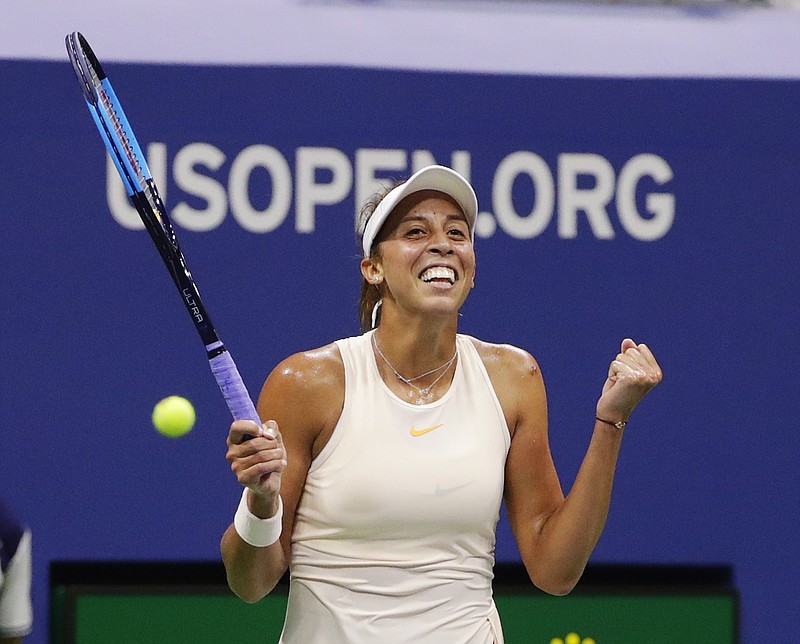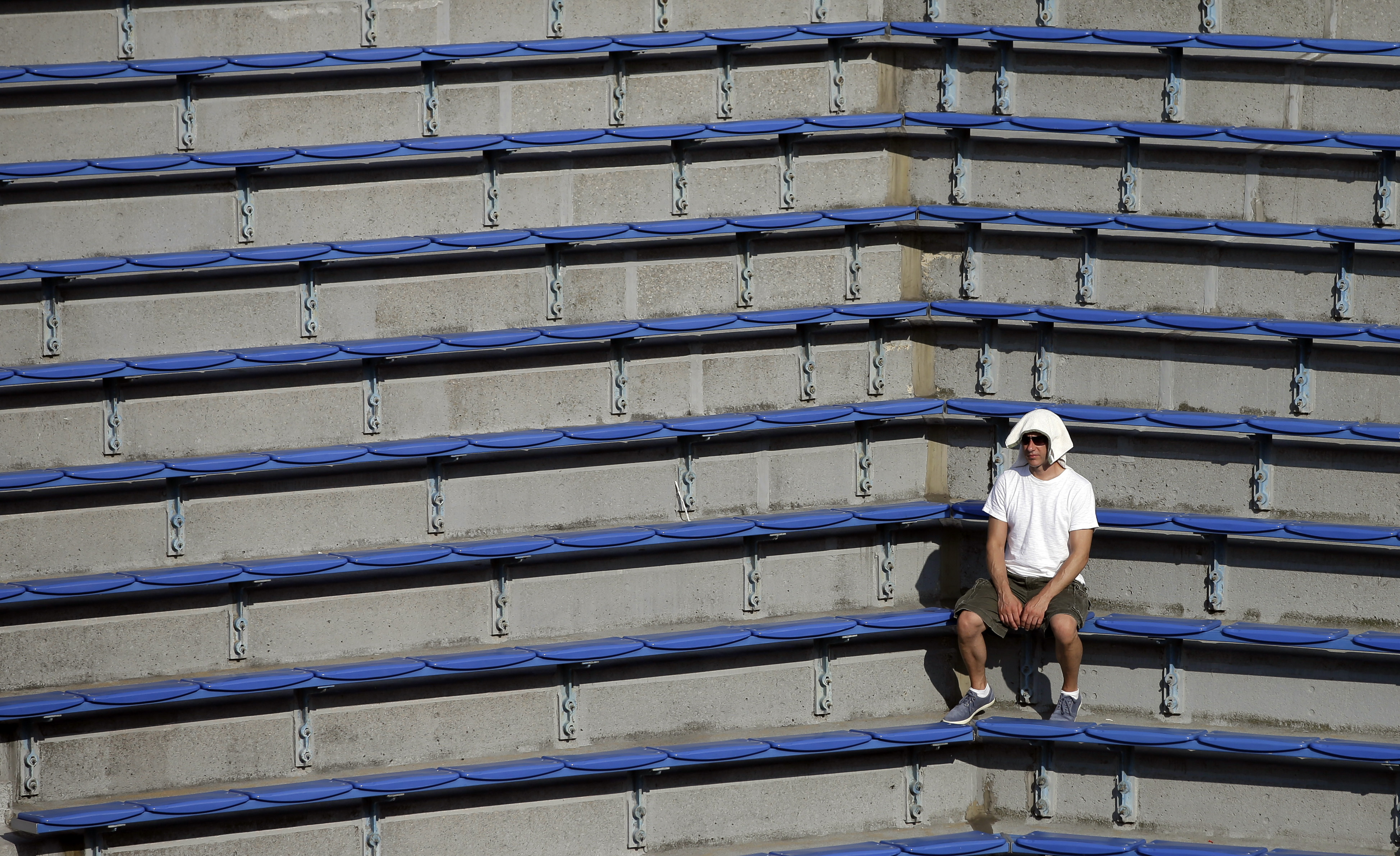Madison Keys, the 2017 U.S. Open women's singles runner-up, has not played a real tennis match since January, so she was thrilled when a partial schedule was released for the sport's true return after a hiatus forced by the coronavirus pandemic.
"Halfway through the year, we're (usually) all kind of thinking, 'Oh, I'd love some weeks at home. Been on the road for so long. Those pressure moments in matches are so stressful' and all of that," said Keys, one of 16 women in an exhibition event in Charleston, South Carolina, next week. "And now we're all like, 'Please put me on a center court, break-point down in the third, because I would love to have that feeling again.'"
Now that there is a plan in place for top-level tennis to resume - starting in August in Italy, then Washington, with Grand Slam action to follow in New York, then Paris, assuming the COVID-19 outbreak allows it - it's time to consider ways in which the sport will look different.
There won't be fans at the U.S. Open or likely anywhere else at the outset. Players will be competing for decreased prize money, with as much as a 40% cut at the biggest tournaments outside of the majors. U.S. Open matches on all but two courts will have a chair umpire aided by electronic line calling, not line judges.
There surely will be rustiness for players after such long layoffs. And there could be a string of athletes getting hurt, too, if recent exhibitions are any indication.
"I don't think many of us - outside of having an injury, maybe - have gone this long without that level of competition," said Keys, an American who is currently No. 13 in the WTA rankings.
"It's really difficult to keep practicing when you don't really have a goal in mind," Keys said. "So being able to have some of these tournaments back on the calendar has been really great, even just for my mentality - just because I know I'm working for something."
There are remaining unknowns and adjustments could take place before anyone swings a racket at Flushing Meadows in late August for the U.S. Open.
"For me, everything seems like it's going to be different at the Open - and at all these tournaments. No fans. What's the locker room situation? Where's food? Transport? There's just so many questions. And it's not going to be like any other year, any other tournament that we've played before," said Bethanie Mattek-Sands, who has won nine women's or mixed doubles Grand Slam titles and, like Keys, is playing in Charleston. "For me, personally, I don't think all the questions are answered to my satisfaction."
FEWER FANS
The U.S. Tennis Association was definitive about having closed doors, but the French Open and both the men's and women's tours are leaving open the possibility of having at least some spectators at some point this year.
LESS MONEY
The WTA is cutting prize money at its biggest events by 30% if there are fans - and by 40% if there aren't. The ATP's Masters 1000s will have similar reductions. While the WTA will have smaller drops for lesser tournaments - down to 18% for its bottom level - the ATP's percentage cuts will be higher the smaller the tournament. The loss of ticket sales, hospitality suites and more means the U.S. Open's net income "will be down roughly 80%" to $40 million, USTA CEO Mike Dowse told The Associated Press. He said player compensation is down 9%.
RANKING POINTS
The WTA and ATP haven't decided how they will handle their rankings, which were frozen when the tours were suspended in March. That determination will be based on when play actually resumes.
TRAVEL AND TESTING
No one knows for sure how such an international sport will fare as athletes hop from country to country. The USTA originally proposed chartering flights from around the globe and making sure players were negative for the coronavirus before they traveled, but instead decided to let people fly on their own and get tested upon arrival at what tournament director Stacey Allaster is calling "U.S. Open World." Testing and safety protocols have not been announced by the ATP or the WTA.

